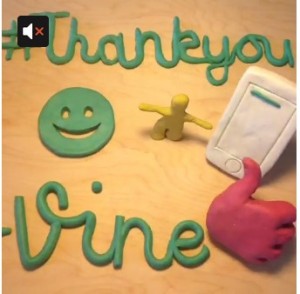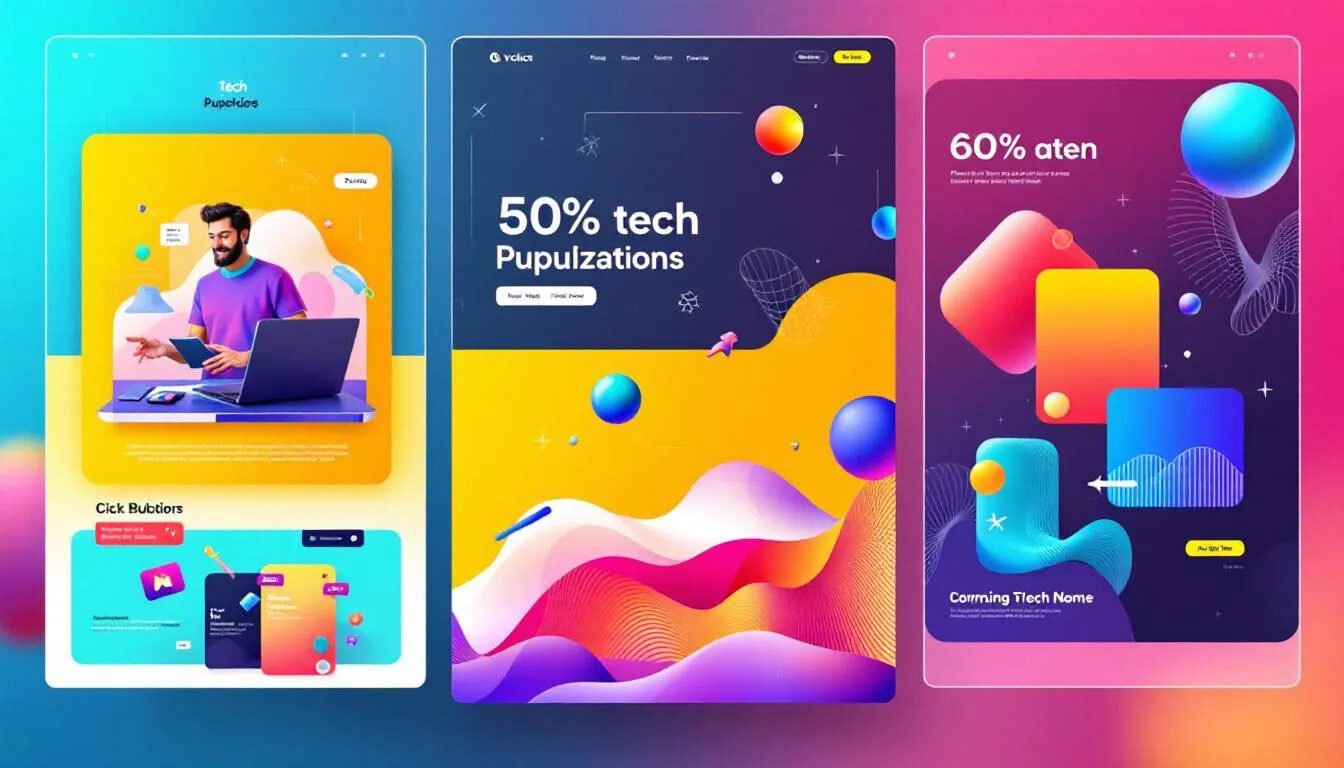
How to Go Out on a Vine for Social Media
Add Twitter’s Vine app to the growing list of social media marketing tools that businesses large and small are using to grow 
But its rising popularity doesn’t necessarily make Vine the best solution for everyone. For starters, businesses that don’t already have a full-fledged website, as well as an active social media presence, may want to work on developing those first, says Stephanie Schwab, CEO and founder of the digital and social media marketing firm Crackerjack Marketing. (Find her posts here.)
“You could have a Vine account on its own, but because the Vine network is still fairly small, I think putting your Vines out on Twitter is probably the best way to get them seen,” Schwab explains.
Posting Vines, as the short videos are known, on Facebook is also an option, but where Vine is likely to fail is as a replacement for these more-established social media networks. If you don’t have the basics in place first, Vine on its own will most likely be ineffective for your social media marketing needs.
The good news is that almost any business can find a way to use Vine, but those that are great at storytelling are the most likely to be successful. Communicating via video works best for brands that have already identified how their story connects with customers. And as always with video or images, visually appealing products or story lines win the day: the challenge is to fit a story into six seconds, say marketing experts, so some creativity is required.
That means moving beyond shooting quickie videos on your iPhone and thinking about who is watching and why. Schwab adds that talking for six seconds isn’t necessarily the best way to use up the entire length of a Vine. “There’s a lot of cool stop-motion, where people take a second or two of film or footage, stop and go somewhere else or do something else. You can put together great little stories that way.”
Schwab is quick to point out that Vine isn’t a one-way channel but can be used to solicit content from your audience, as well. For example, you can encourage your customers to shoot and upload Vines with a hashtag you create for a specific topic or experience. General Electric did that with the hashtag #6secondscience (check out some of the submissions here) and Tropicana did so with the cute #Valenvine hashtag.
All of these efforts share one thing in common, though: they go beyond simply pushing content out to thinking through the creative and participatory aspects of the medium. Like Twitter and Facebook, Vine works best for businesses when they generate real engagement, not just impressions or pageviews. And just like any social media marketing tool, it’s possible to get caught up in metrics and forget about the bottom line: your bottom line. The social media analytics business Simply Measured has a free reporting tool that can show you which Vines are being shared the most, and how the platform compares to other social media platforms such as Instagram and YouTube.
However, “measurement is really dependent on the metrics that you can get outside of social,” Schwab points out. “It’s nice to know how many people are following you on Vine or how many likes or comments your Vine got, but it’s not a question of just amassing followers or figuring out who’s liked your Vines. What’s really important is what it’s doing for the rest of your business. For example, are you getting traffic from Vine to your website? Are you getting people coming into your business and saying they saw a Vine? Is that engendering additional loyalty from your customers?” (Home improvement chain Lowe’s series of home improvement tips generated offline loyalty, the whole point.)
Aside from listening closely to customers, Schwab recommends finding ways to directly track Vines back to sales, such as by offering a discount code only through Vine. It can even be used for generating buzz for products: Taco Bell announced their Cool Ranch Doritos Locos Tacos on Vine, and Columbia Records used Vine to show off track titles on Big Time Rush’s new album prior to its release.
Get 4 tips for creating Vine videos here.
This post contributed by guest author, Yael Grauer. Grauer is a Minneapolis-based freelance writer and editor. Find her online at Yaelwrites.com.
© 2013 – 2018, Contributing Author. All rights reserved.



